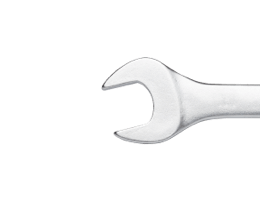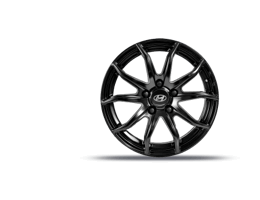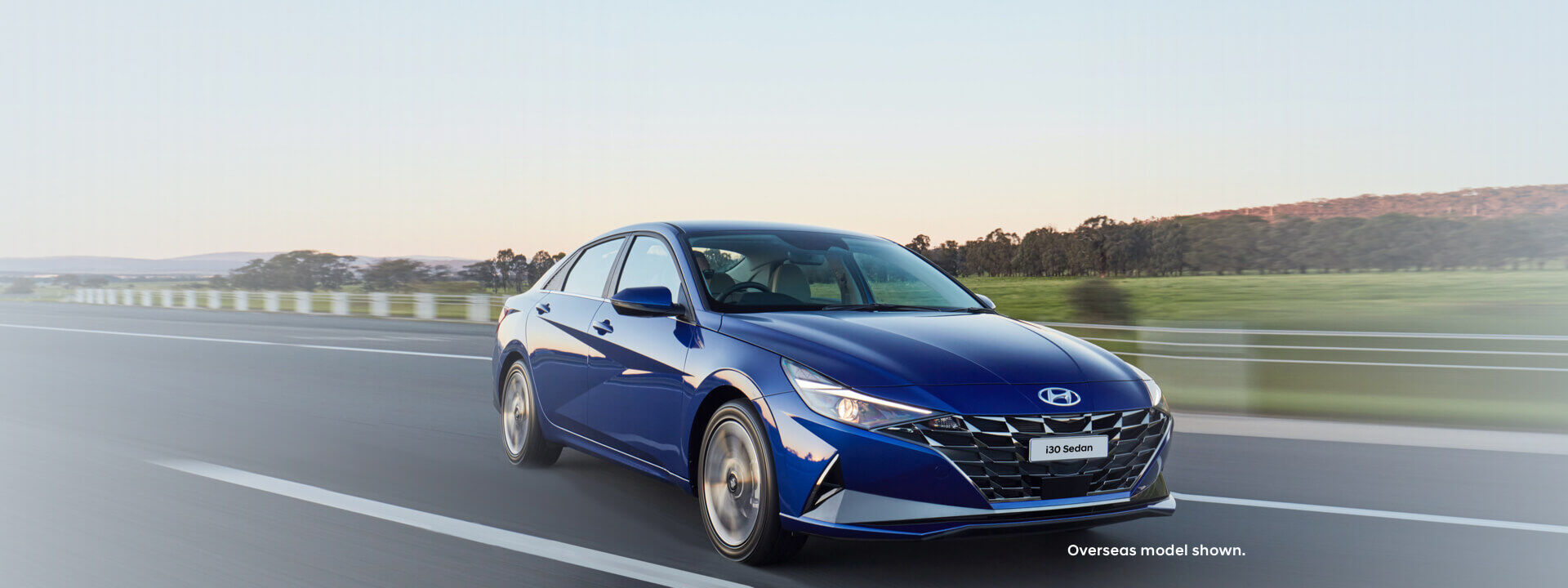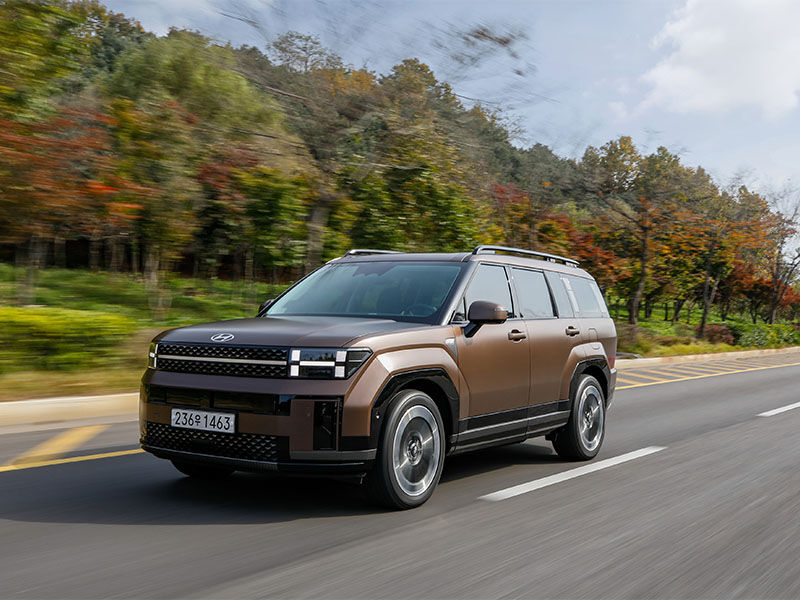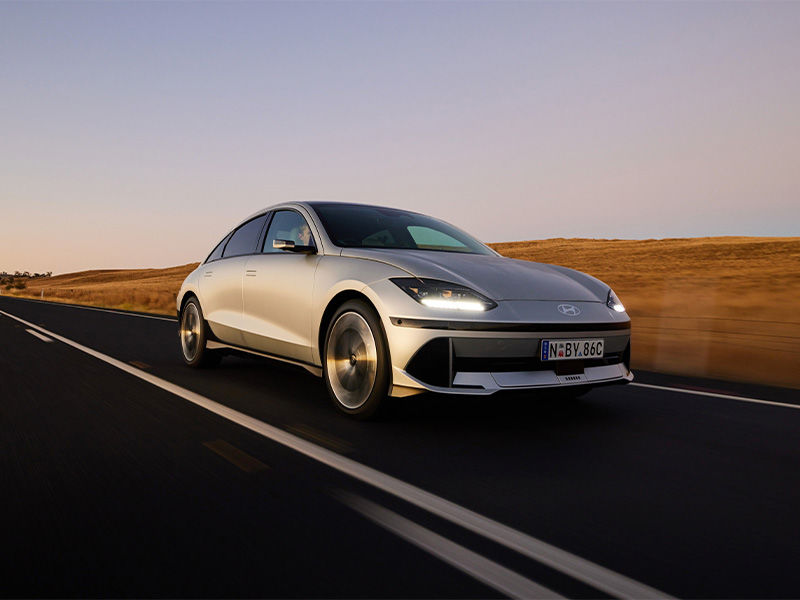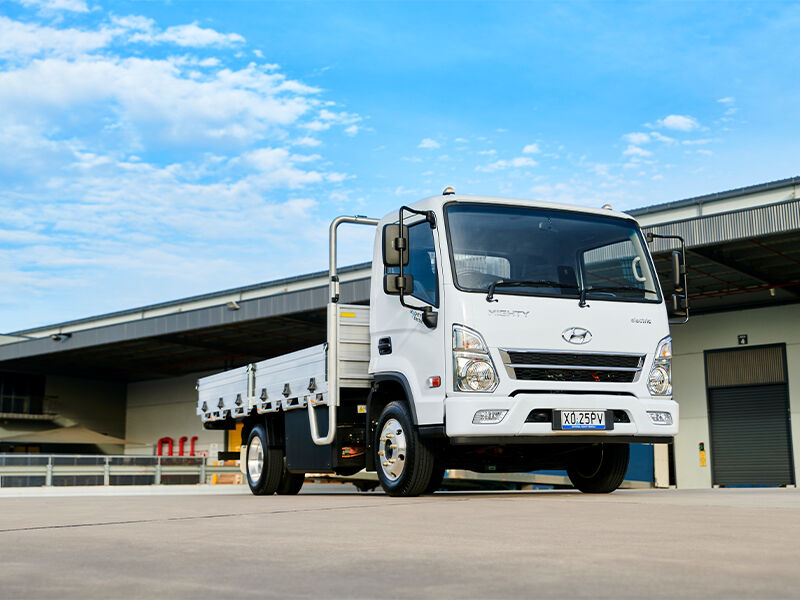2021 i30 Sedan: Sensuous sportiness.
- Sleek & progressive all-new i30 Sedan is Hyundai’s small-car flagship
- Futuristic dual 10.25-inch digital screens headlines driver-oriented cabin
- Advanced active safety and infotainment technology
- i30 Sedan N Line variants bring turbocharged power and locally tuned suspension with multi-link Independent Rear Suspension (IRS) to appeal to performance enthusiasts
- 2021 i30 Sedan is on sale now from $24,790 MLP
The progressive all-new i30 Sedan is Hyundai’s style-driven, tech-featured small car flagship.
Headlined by performance-enhanced turbo N Line variants, 2021 i30 Sedan applies Hyundai’s new ‘Sensuous Sportiness’ design identity to create a striking coupe-like four-door.
i30 Sedan’s newly athletic long, low and wide image comes packaged with greater occupant space and superior driver vision.
The i30 Sedan nameplate replaces Elantra in Australia to bring Hyundai’s evergreen small hatch and sedan into one family.
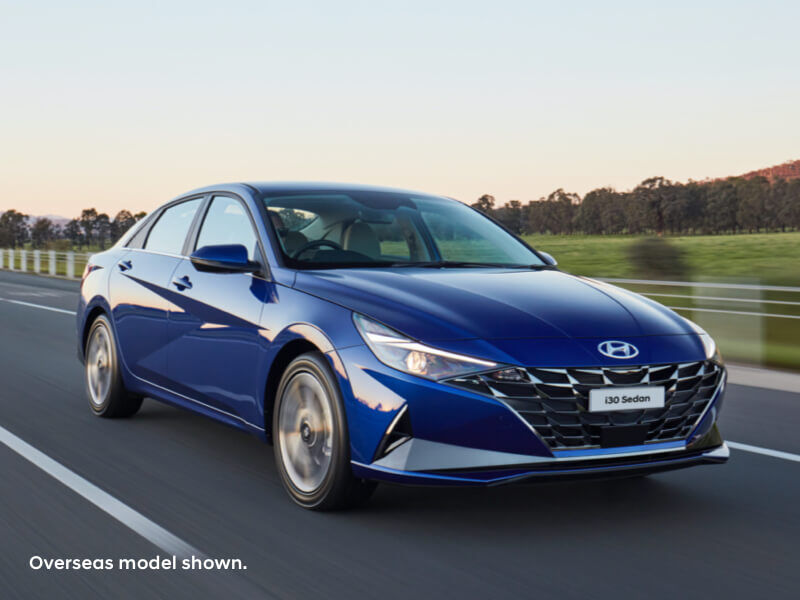
Headlining in i30 Sedan’s driver-oriented cabin is a futuristic 10.25-inch digital Supervision virtual instrument cluster, alongside a 10.25-inch multimedia & navigation unit (Elite & N Line Premium variants).
All-new i30 Sedan boasts an extensive standard suite of SmartSense™ advanced safety technologies, including Forward Collision-Avoidance Assist, Driver Attention Warning, Lane Keeping Assist, Lane Following Assist and more.
Wireless (Qi standard) smartphone charging is standard across the range, whilst Wireless Apple CarPlay™ and Android Auto™ allows seamless, intuitive and safe smartphone operation (Active & N Line variants).
Contributing to an exceptionally well-appointed package in the range topping N Line Premium variant are comfort and convenience features such as 10-way powered, heated and ventilated front seats, heated steering wheel, sunroof and an eight-speaker BOSE Premium Sound System.
A turbocharged 1.6-litre petrol engine paired with manual and DCT transmissions provides potent performance in sporty N Line variants, which also boast a Drive Mode select (DCT variants), aggressive sports styling features and sharp 18-inch alloy wheels wrapped in high-performance tyres.
i30 Sedan N Line models features a sophisticated multi-link independent rear suspension, and every i30 Sedan benefits from an Australian chassis tuning programme to deliver superb comfort and engaging handling.
As well as giving customers enviable style and technology in a compact package, 2021 i30 Sedan brings a practical 474-litre cargo area, 20 percent larger than that of its i30 hatch sibling.
“With its sleek, progressive styling inside and out, futuristic, integrated virtual instrument cluster and multimedia system, and powerful, driver-focused N Line variants, i30 Sedan is a fitting new flagship for our popular small car range,” Hyundai Motor Company Australia Chief Executive Officer, Jun Heo said.
“The expansion of our i30 family with all-new i30 Sedan complements our recent Good Design award for i30 Fastback N to reinforce the model line’s position as a leader in the small car segment,” he said.
i30 Sedan Range Overview.

i30 Sedan Active opens the four-grade range and is powered by a smooth and economical 2.0 petrol engine with a choice of six-speed manual or automatic transmissions.
Active grade’s generous standard specification includes a leather-appointed interior, a rear camera and rear parking sensors, and wireless (Qi standard) smartphone charging.
The 2.0-litre, six-speed automatic i30 Sedan Elite brings, in addition to the Active, dual-zone climate control, 10.25” satellite navigation system, BOSE eight-speaker premium sound and DAB+ digital radio.
i30 Sedan N Line is powered by a 150kW turbocharged 1.6 petrol engine teamed with either six-speed manual or seven-speed DCT automatic with paddle-shifted sequential manual mode.
N Line standard equipment above Active includes LED headlights and taillights and dual-zone climate control, in addition to its turbo engine, multi-link IRS, 18” alloys and sports styling elements.
The range-topping 1.6 turbo DCT automatic i30 Sedan N Line Premium adds to this a sunroof, front parking sensors, 10-way power adjustable, heated and ventilated front seats with position memory and a heated steering wheel.
i30 sedan is available in seven exterior colours, including the N-Line-specific Lava Orange.
Chassis and suspension.
All-new i30 Sedan brings refined suspension design to deliver optimum comfort and stability along with dynamic handling.
A sophisticated multi-link independent rear suspension is the highlight in i30 Sedan N Line variants and features retainer sandwich (RS) valve dampers that provide performance improvement in the ultra-low damping force range.
i30 Sedan Active and Elite utilise a light and compact coupled torsion beam (CTBA) rear axle suspension design with rear-mounted upright dampers and a fuel economy-enhancing aerodynamic under cover.
At the front, every i30 Sedan features a strut suspension that introduces improved geometry, including a reduced strut mount span, and adopts solid six-point mountings and an additional reinforcing structure designed to improve steering response.
In addition, the front stabiliser bar assembly is repositioned, and redesigned front lower suspension arms bring improved steering stability.
Steering feel is improved compared with the preceding model through the repositioning of the steering gearbox.
i30 Sedan N Line adopts 305mm ventilated front rotors (25mm larger than those of Elite and Active) to provide additional braking performance.
Australian tuned.
All-new i30 Sedan benefits from an Australian-specific chassis tune, developed over thousands of kilometres of driving on a variety of Australian road surfaces, from urban roads to highways, freeways, mountain passes and country roads.
The local development program for i30 Sedan followed Hyundai Australia’s proven philosophy.
“Our target was to deliver that safe, practical ride and handling Australians now expect from a Hyundai, as well as mixing in the surprising dynamic and playful behaviour that all of our cars possess,” Hyundai Motor Company Australia Product Planning and Development Specialist Tim Rodgers said.
“For both N Line and non-N Line variants we were involved quite early in the tuning process. We travelled to Korea and undertook evaluation and feedback in the prototype stage, so we had quite a lot of input early on, which gave us a base tune that we really liked when we commenced tuning on Australian roads,” Rodgers said.
“The car is really comfortable and premium-feeling in all grades, and also extremely safe on our roads.”
As 2021 i30 Sedan moved towards production, the Hyundai Australia engineering and development team worked with engineers in Korea to evaluate multiple damper builds, subjecting the model to its rigorous local benchmarking and ride and handling development program.
“We’re proud of the result,” Rodgers said. “We think the car is engaging, easy-to-drive and comfortable all at the same time.”
Australian market i30 Sedan features significantly different underpinnings compared with other markets.
“We’ve revised almost everything – the springs are different from the donor packages and because of that we’ve revised the damping. In the N Line it’s quite a big difference to what you would experience in other markets,” Rodgers said.
In addition N Line variants adopt an all-new high-performance tyre pattern, the Goodyear Eagle F1 in 235/40R18 on an 18x8.0-inch alloy wheel.
Body structure.
All-new 2021 i30 Sedan’s stylish body delivers excellent collision performance and expanded occupant space, along with high rigidity and a lowered centre of mass, to the benefit of refinement, ride and handling.
Multiple load path design ensures secure and stable frontal collision performance, including a strengthened member-connection structure through the application of double-box construction.
In addition, the adoption of a front chassis frame structure improves collision energy dispersion.
A greater number of hot-stamped components, compared with the preceding model, increase the strength of the occupant cell.
NVH performance is improved through redesigned doors, enhanced door-glass sealing, optimised sound absorbing and insulating materials, and increased suspension component rigidity.
Upper body aerodynamic design elements reduce drag to the improvement of fuel economy and high-speed stability - these include a lowered front bumper lip and underbody air-guide extensions.
i30 Sedan’s coefficient of lift is reduced to one of the lowest in the class through the use of wheel deflectors and undercovers, such as for the engine bay, transmission and centre floor.
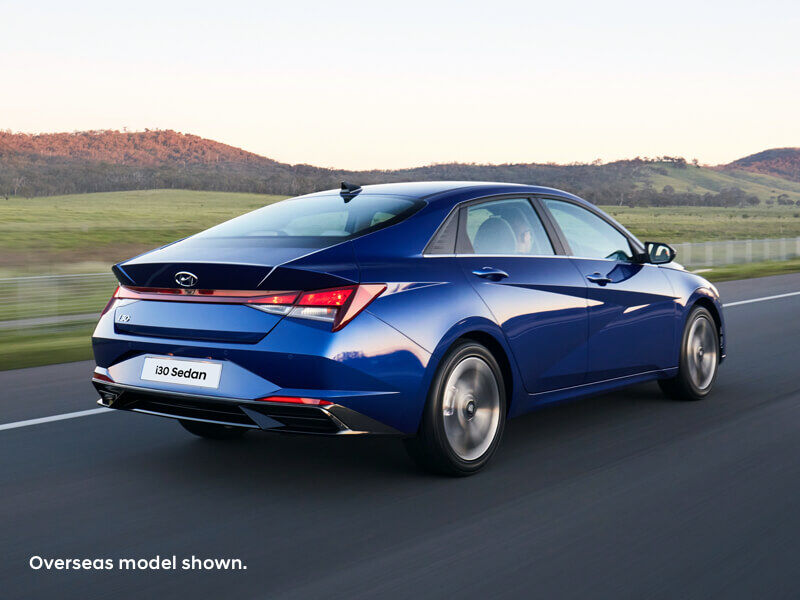
Powertrains.
Headlining the i30 Sedan range is a new generation 150kW, 265Nm SmartSense™ G1.6 T-GDi turbo engine for N Line variants.
Boasting broad torque and a potent top-end, the direct-injected petrol four-cylinder is teamed with six-speed manual or seven-speed DCT automatic transmission with paddle-shifted sequential manual mode.
A Continuously Variable Valve Duration (CVVD) system operating on the intake side boosts low-to-midrange performance as well as fuel efficiency.
In addition, an Integrated Temperature Management system improves warm-up performance and brings further incremental fuel efficiency improvement.
A refined and economical 2.0-litre MPi engine features in Active and Elite i30 Sedan variants.
The petrol four-cylinder produces 117kW and 191Nm and is teamed with a choice of six-speed manual or six-speed automatic transmission in Active versions, and a six-speed automatic transmission in Elite variants.
A medium-phase CVVT and an electronically controlled continuously variable oil pump bring gains in fuel efficiency.
The 2.0 GDi engine returns 7.0L/100km on the official combined cycle (automatic).
Safety.
In addition to a strong and secure structure and six-airbags, all-new i30 Sedan features a comprehensive suite of SmartSense™ advanced safety technologies as standard.
Forward Collision-Avoidance Assist (FCA) - City/Urban/Interurban/Pedestrian & Cyclist detection with Junction Turning function.
Forward Collision-Avoidance Assist (FCA) utilises the front radar sensor & windshield mounted camera to detect vehicles and pedestrians in front the vehicle.
If a potential collision is detected, the FCA system will sound an audible warning chime and display a visual warning in the Supervision cluster.
Additionally, FCA is capable of automatically applying the vehicle’s brakes in the case of a potential collision (where no driver intervention is detected after a FCA system warning). The system attempts to apply full braking to bring the vehicle to a complete stop (up to a certain speed, dependent on the object that is detected), or can apply partial braking to reduce the severity of a collision.
The new Junction Turning (FCA-JT) function on i30 sedan detects oncoming traffic when turning right (with the right indicator activated) at an intersection. If a collision appears likely, the brakes are applied to the i30 sedan to reduce the chance of a collision.
Please see the table below for the operational speeds of FCA.
Driver Attention Warning (DAW).
Driver Attention Warning (DAW) uses the windscreen-mounted camera to continually monitor the vehicle’s position within the lane, while also tracking steering inputs, brake pedal inputs, and time since last break.
Should the system detect careless driving (such as sudden steering or braking inputs and/or the inability to keep within a lane), the ‘Attention Level’ display on the cluster will continually decrease. Should the level decrease to a certain threshold, the DAW system will recommend that the driver takes a break.
Smart Cruise Control with Stop & Go (SCC w/ S&G) – Automatic & DCT variants.
SCC utilises the front radar sensor to detect the speed and distance of vehicles ahead of the i30. SCC then automatically maintains a safe distance to the vehicle ahead, up to a pre-set speed by the driver (between 30km/h – 180km/h).
The Stop & Go function allows SCC to work in stop/start traffic, bringing the vehicle to a complete stop when appropriate, and automatically (if within 3 seconds) accelerate back up to the original set speed. If the vehicle is stationary for over 3 seconds, SCC w/ Stop & Go will prompt the driver to continue cruise conditions via the steering wheel switches.
Lane Keeping Assist - Line/Road-edge (LKA-L/R).
Lane Keeping Assist (LKA) System consists of two modes – Lane Departure Warning (LDW) mode, and Lane Keeping Assist (LKA) mode.
LDW uses the windscreen-mounted camera to detect lane markings and monitor the vehicle’s position in the lane, operating at speeds of 60 km/h and above. Should the vehicle stray from the intended lane without indicators being activated, audible and visual warnings will be issued.
LKA can be activated at speeds of 60km/h and above where lane markings on both sides of the vehicle are detected. LKA helps prevent the vehicle from straying from the lane by providing steering intervention should the driver not react to warnings from the LDW system.
Both LKA and LDW are momentarily deactivated whenever turn signals are active. Additionally, the driver must maintain control of the vehicle by holding the steering wheel at all times.
Lane Following Assist (LFA).
Lane Following Assist helps keep your vehicle centred in your lane by detecting lane markers as well as the position of vehicles ahead, and adding minor steering adjustments as required.
Blind-Spot Collision Warning (BCW) – N Line Manual.
Blind-Spot Collision Warning (BCW) operates at speeds of 20km/h or above, using radar sensors on either side of the rear bumper to detect vehicles next to and diagonally behind i30 Sedan.
If a vehicle is present in the i30 Sedan’s blind spot, BCW displays an alert in the exterior mirrors. If the driver proceeds to activate the corresponding indicator lights, a flashing warning is provided and an alert is sounded.
The system also scans for vehicles approaching rapidly from the rear, and uses the same warning measures to alert the driver to the presence of fast-moving vehicles that may soon enter i30 Sedan’s blind spot.
Blind-Spot Collision-Avoidance Assist (BCA) - Elite & N Line DCT variants.
At speeds of 20km/h or above, Blind-Spot Collision-Avoidance Assist (BCA) uses radar sensors on either side of the rear bumper to detect vehicles next to and diagonally behind the i30. If a vehicle is present in the i30’s blind spot, a visual alert is displayed in the exterior mirrors. If the driver proceeds to activate the corresponding indicator lights, a flashing visual warning is provided and an audible alert is sounded.
Additionally, the system also scans for vehicles approaching rapidly from the rear, and uses the same warning measures to alert the driver of vehicles which may be entering the i30’s blind spot at a higher rate of speed.
At speeds of 60km/h or above, if the driver proceeds to carry-out a lane change after the audible alert is sounded, BCA will apply partial braking to help avoid a collision with an approaching vehicle. An active avoidance manoeuvre is undertaken with the system applying braking force to the wheels on the opposing side of the potential collision point, bring the vehicle away from danger, and lowering the chance of a collision.
BCA can also help prevent collisions when exiting a parallel parking spot at 3km/h or lower. If a potential collision with an approaching vehicle is detected, the system will apply braking force to help avoid a collision.
BCA is available on Automatic & DCT variants of Elite, N Line & N Line Premium only. N Line manual variants adopt Blind-Spot Collision Warning (BCW) in lieu of BCA – BCW is capable of providing the same audible and visual warnings as BCA, but is unable to apply partial braking to help avoid a collision.
Rear Cross-Traffic Collision Warning (RCCW) – N Line Manual.
The Rear Cross-Traffic Collision Warning (RCCW) uses the BCW system’s radar sensors to monitor for traffic approaching on either side of i30 Sedan when reversing out of perpendicular parking spaces. Should RCCW detect a vehicle approaching, a warning will sound, and a visual warning will be displayed in the dash cluster.
Rear Cross-Traffic Collision-Avoidance Assist (RCCA) - Elite & N Line DCT variants.
Using the BCA system’s radar sensors, Rear Cross-Traffic Collision-Avoidance Assist (RCCA) monitors for traffic approaching on either side of the i30 when reversing out of perpendicular parking spaces at speeds of up to 8km/h. Should RCCA detect a vehicle approaching, an audible warning will sound, with a visual warning displayed on the dash cluster.
In the case that the driver does not adhere to the warning, RCCA may braking force and help avoid a collision with the approaching vehicle.
RCCA is available on Automatic & DCT variants of Elite, N Line & N Line Premium only. N Line manual variants adopt Rear Cross-Traffic Collision Warning (RCCW) in lieu of RCCA – RCCW is capable of providing the same audible and visual warnings as RCCA, but is unable to apply partial braking to help avoid a collision.
Parking Collision-Avoidance Assist – Rear (PCA-R) – Elite & N Line Premium.
Parking Collision Avoidance-Rear (PCA-R) uses rear/side radars to detect obstacles when reversing, providing a warning and, if necessary, applying the brakes to avoid a collision.
Rear Occupant Alert (ROA).
Rear Occupant Alert (ROA) detects the entry of occupants via the rear doors opening and closing. Upon parking and opening the driver’s door, ROA issues an audible warning chime and prompts the driver with a visual warning message to “check rear seats”, to ensure that rear occupants are not accidentally left behind.
Safe Exit Warning (SEW) - Elite & N Line variants.
The Safe Exit Warning (SEW) helps occupants exit the i30 in a safer fashion. When the vehicle is stopped and SEA is active, the system utilises the radar sensors on either side of the rear bumper to detect vehicles approaching from the rear. If a vehicle is detected, and a door is opened, the system will sound an audible alert and display a visual warning in the instrument cluster.
Comfort, convenience & connectivity.
10.25-inch digital Supervision cluster – Elite & N Line Premium.
A futuristic 10.25-inch high-resolution LCD digital Supervision virtual instrument cluster presents displays including speedometer and tachometer dials, and driver assistance and navigation information, with a choice from four driver-selectable themes.
10.25-inch Audio, Video and Navigation (AVN) system – Elite & N Line Premium.
A 10.25-inch high-resolution (1920x720) LCD digital display provides a crisp, clear and user-friendly interface to the audio, video and satellite navigation systems.
The unit provides a wide graphic user interface (GUI) with split-screen capability.
Additionally, it brings the ability for home screen customisation, the connection of multiple devices via Bluetooth, and the creation of personalised user profiles.
8.0-inch Display Audio – Active & N Line.
An 8.0-inch display audio system presents the rear camera image (with dynamic guidelines), as well as allowing for the USB or Bluetooth connection of external devices.
Apple CarPlay & Android Auto.
Every i30 Sedan brings smartphone connectivity with standard Apple CarPlay and Android Auto.
Users can interact with their favourite apps, access navigation, use voice command for text message and more, via the standard 8.0-inch, or 10.25-inch audio interface (Elite & N Line Premium).
BOSE Premium Sound System – Elite & N Line Premium.
A BOSE Premium Sound System combines eight optimally tuned, high-performance speakers, including wide-range front door speakers and a subwoofer, to provide rich surround stereo sound that is analysed and corrected for driving speed.
Wireless smartphone charging (Qi standard).
A wireless charging pad (Qi standard) features in the centre console storage area of every i30 Sedan across the range. The pad allows users to charge a compatible Qi-enabled smartphone without the use of messy and unsightly cables.
Compared with previous units, it brings a 30 percent improvement to charging performance along with a new cooling function designed to prevent overheating.
Drive Mode Select – Automatic and DCT variants.
Drive Mode Select offers three settings (Normal, Eco, Sport), which can be tied to the instrument Cluster Theme and interior Ambient lighting colour.
Smart key and push button start – Elite & N Line variants.
With the proximity Smart Key system, users can lock/unlock the vehicle via the physical button on the front door handles, and start the vehicle with a push of the dash-mounted ‘Engine Start/Stop’ button (with the brake pedal depressed), all while the key stays in their pocket or bag.
Remote Start - Elite & N Line variants.
A Hyundai Australia first, i30 sedan features remote start capability via the smart key fob. With the handbrake engaged and vehicle locked, the user is able to remotely start the vehicle by pressing the lock button, followed by pressing and holding the engine start button.
This allows the driver to pre-cool or pre-heat the cabin prior to entering the vehicle, ensuring that comfort is maintained even during extreme weather.
Power driver’s seat & heated/ventilated front seats – N Line Premium.
The power driver’s seat in i30 Sedan N Line Premium offers 10-way adjustment to assist the driver to achieve an ideal seating position, as well as a position memory function.
Additionally, seat heating and ventilating elements in the front seats maximise occupant comfort in every season.
Smart Boot (Hands Free-Opening) – Elite and N Line variants.
Smart Boot opens automatically when it detects the Smart Key. It can also be opened and closed at the press of the Smart Key button, or by pressing the buttons on the tailgate.
Design
Exterior.
All-new 2021 i30 Sedan applies the ‘Sensuous Sportiness’ design identity to create an athletic long, low and wide flagship for the Hyundai small car range.
‘Parametric Dynamics’ features as a unifying design theme for the i30 Sedan, from details such as the pattern of the futuristic cascade grille, through to the crisply rendered character lines that define the model’s attractive silhouette.
The parametric shape continues in the design of the daytime running lights and of the sharp-edged lower bumper moulding and air cushion intakes.
The integration of the broad grille, via angular, integrated turn-signal lights, with an upswept headlight design completes a bold and sophisticated frontal architecture.
Intersecting character lines on i30 Sedan’s flanks create jewel-like surfaces that team with a long bonnet line and a smoothly contoured, elegant roofline to create an intriguing and athletic profile.
On N Line variants, at the rear a lighting strip links Hyundai H-emblem-inspired LED taillights featuring further parametric detailing, to reinforce a broad, stable stance, and create a futuristic image. A black deck garnish creates a visually long rear glass and a couple-like style, and is complemented by a sleek boot-lid edge and a wing-type lower bumper garnish.
Contrasting machined-finish 17- and 18-inch alloys (N Line variants) designs underline i30 Sedan’s bold visual statement.
For N Line variants, an exclusive front bumper design, and a gloss black boot-lip spoiler and side sill mouldings create a heightened sportiness and a distinctive look, along with unique headlight and taillight detailing, chrome twin exhausts, and an N Line rear diffuser.
Interior.
An intuitive and technologically rich cabin for all-new i30 Sedan continues the exterior’s ‘Sensuous Sportiness’ design identity to create an immersive cocoon for occupants.
The technological standout in i30 Sedan Elite and N Line variants is the futuristic 10.25-inch LCD Supervision virtual instrument cluster, featuring driver-selectable themes. It is harmoniously integrated with a 10.25-inch multimedia & navigation unit display.
In other i30 Sedan variants a conventional cluster is complemented by a 4.2-inch colour Supervision TFT-LCD display that presents a range of useful vehicle-data infographics.
The design of i30 Sedan’s cabin wraps around the driver, from door trims through the line of the dashboard to the centre console with unique ‘grip bar’, to emphasise a sense of width and spaciousness.
i30 Sedan Elite further emphasis the driver focused cabin with a unique two-tone asymmetric interior design.
Customisable, 64-colour mood lighting completes a classy cabin ambience.
A newly developed steering wheel layout combines ergonomic design with sophisticated style and gives the driver fingertip control of Bluetooth and audio functions.
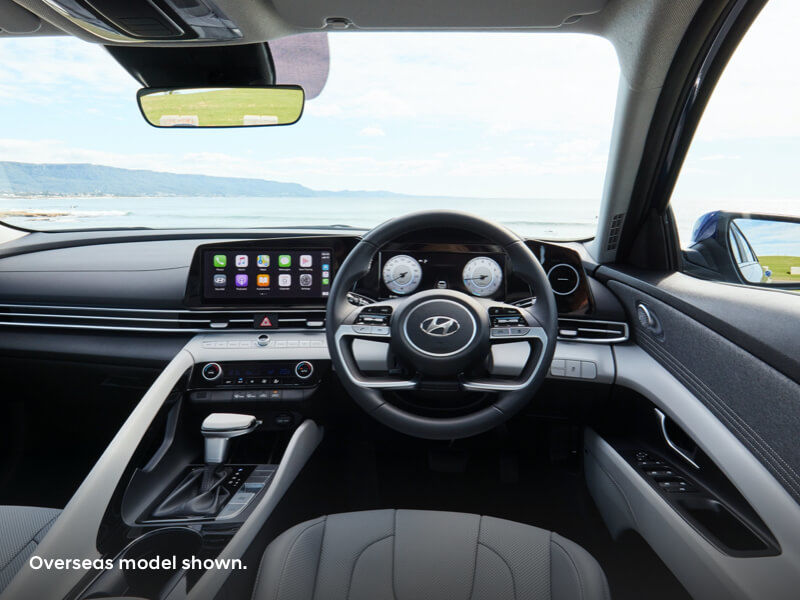
The new platform allows a 20 to 25mm lower seating position, to create a sporty look and feel, extra headroom, and an overall sense of spaciousness.
In addition to the high console design, low and wide door trim elements and lowered inside door handles contribute to a sports car-like feel.
N Line versions further the sporty theme with a perforated leather-wrapped N steering wheel, N sport seats with leather bolsters, a gear shifter with leather inserts, and alloy pedals.
The driver’s range of horizontal vision in i30 Sedan is increased notably from 76.6 degrees to 87.7 degrees compared with the preceding model, and occupant space is increased.
Rear legroom is expanded by a substantial 58mm, shoulder room front and rear is increased by 7mm, and headroom is increased by up to 6mm.
Second row occupants benefit from HVAC outlets at the rear of the centre console.
Cargo space in i30 Sedan is increased by 16 litres to 474L (VDA) compared with the preceding model.
Exterior colours & upholstery.
Seven shades are available for i30 Sedan, headlined by the vibrant Lava Orange which is specific to N Line versions.
In addition, Polar White, Phantom Black, Fluidic Metal and Amazon Grey are available across the range, along with the eye-catching Intense Blue and Fiery Red.
Leather seat upholstery is standard for the i30 Sedan line-up, with black leather for Active, black/grey leather for Elite, and black sports leather for N Line variants.
Pricing and aftersales.
Pricing.
Hyundai iCare®.
With Hyundai iCare®, the joy of buying a Hyundai will stretch well beyond the showroom. This leading customer care program offers a comprehensive suite of owner benefits including; Lifetime Service Plan, 5 Year Unlimited Km Warranty, complimentary Roadside Assist for 12 months on new vehicles, 1,500km complimentary first service, a dedicated Customer Care Centre, and myHyundai – an exclusive owner website. When servicing with Hyundai, customers will also receive a Roadside Support Plan for up to 10 years, a 10 Year Sat Nav Update Plan (for satellite navigation equipped i30 models), and more.
